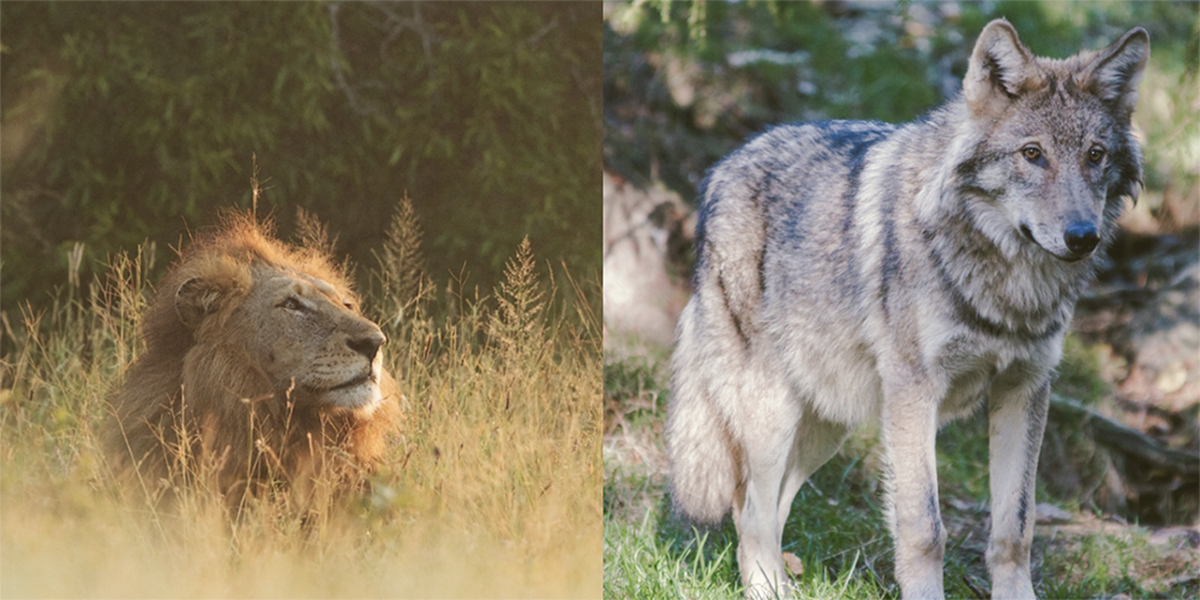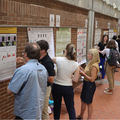A team of researchers including Meggan Craft, PhD, associate professor in the Department of Veterinary Population Medicine, assessed how group living, resource abundance, disease, seasonal changes, and human influence drive the spatial organization in territorial carnivores.
Because wolves and lions live in groups in expansive territories, and both experience canine distemper virus (CDV), data from these populations provides a good comparison of how disease interplays with individual and group movements and behaviors.
Scientists analyzed 60 years of cumulative data collected on African lions in Serengeti National Park and gray wolves in Yellowstone National Park. The team found that changes in space use due to disease, access to prey and competition with other predators, and seasonal variation in landscape more commonly affected group territory and space use than population-level factors.
These findings mean that, for social species like lions and wolves, groups act as the functional units comprising the population. The scientists say further research is needed to clarify the complex relationships between a population’s demographics, social and spatial structure, and pathogen infections.
This study was published in the Journal of Animal Ecology. It was funded by the University of Minnesota College of Veterinary Medicine, U.S. Geological Survey, National Science Foundation, and the National Institutes of Health.




